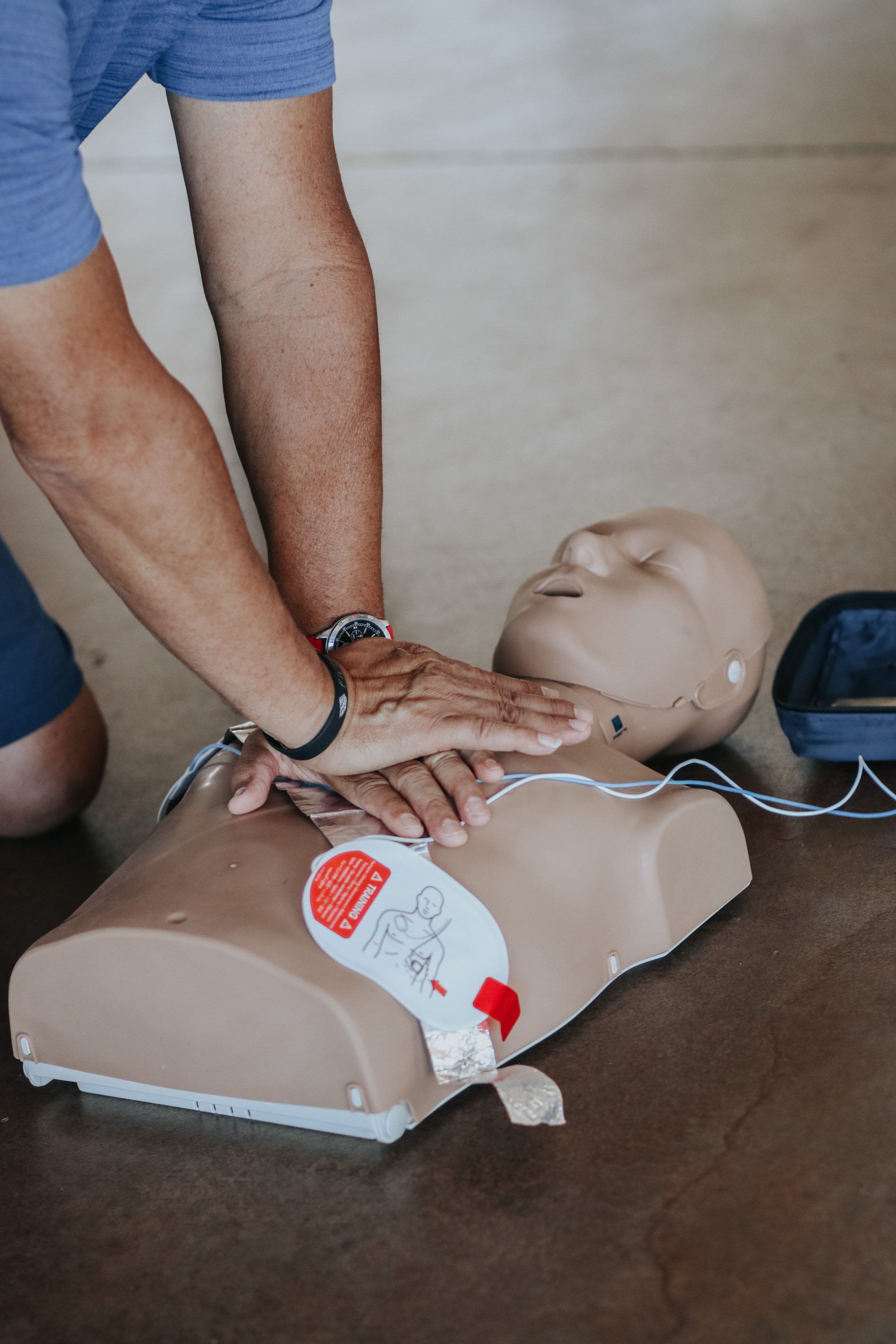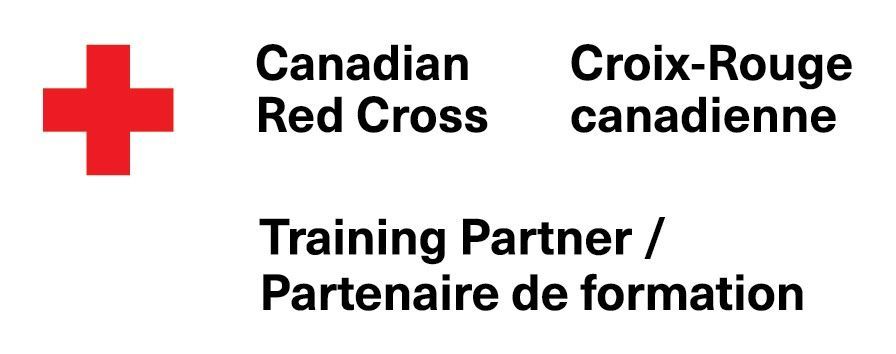Tailored Training for Kelowna Workplaces: Adapting Health and Safety Courses to Your Needs
When it comes to the safety and well-being of employees, one size does not fit all. In the vibrant city of Kelowna, businesses and organizations are as diverse as the landscapes that surround them. From vineyards and wineries to healthcare facilities and outdoor adventure companies, each workplace in Kelowna faces unique challenges and risks. Recognizing this diversity, health and safety workplace courses in Kelowna BC, are evolving to offer customized training that adapts to the specific needs of local businesses and their employees.
In this blog post, we explore the importance of customization in health and safety workplace courses and how this approach benefits Kelowna workplaces.
The Local Touch: Why Customization Matters
Kelowna is known for its breathtaking scenery, diverse industries, and dynamic workforce. As a result, workplace safety needs in Kelowna can vary significantly from one business to another. Pre-packaged, one-size-fits-all safety courses may not address the specific risks and concerns faced by employees in this unique region. Customized training programs, on the other hand, are designed to fit like a glove, catering to the distinct needs of Kelowna workplaces.
Addressing Local Hazards
Adapting health and safety courses to the local environment is essential because it allows businesses to address the specific hazards and risks prevalent in Kelowna. For instance, businesses operating near the beautiful Okanagan Lake may require specialized water safety and drowning prevention training. Wineries and vineyards need to focus on safe handling of equipment and chemicals specific to their industry. Customization ensures that employees receive training that directly relates to their job roles and the environmental conditions they work in.
Compliance with Local Regulations
Kelowna, like any region, may have unique regulations and compliance requirements related to safety. Customized training ensures that businesses meet all local, provincial, and federal safety standards. This not only protects employees but also shields organizations from potential legal issues and penalties that can arise from non-compliance.
Cultural and Language Sensitivity
In a diverse and multicultural city like Kelowna, customization is vital for ensuring that safety training is culturally sensitive and accessible to everyone. Adapting content to different languages and cultures is an essential aspect of customization, fostering inclusivity and ensuring that safety information is understood by all employees.
Training for Industry-Specific Risks
Different industries in Kelowna face distinct risks and safety concerns. Healthcare facilities may require specialized training in infection control and patient safety, while construction sites need courses on fall protection and heavy equipment operation. Customized training caters to the specific risks faced by each industry, ensuring that employees are adequately prepared for their work environment.
Enhanced Employee Engagement
Customized training is more relatable and engaging for employees because it directly addresses their day-to-day work challenges. When employees see that their employer invests in training that aligns with their specific needs, they are more likely to actively participate and apply what they’ve learned in their work.
Conclusion
In Kelowna, where the landscape is as diverse as the industries it houses, customization in health and safety courses is not just a preference but a necessity. At Signal Learning, we understand that not all workplaces are the same, especially. That’s why we offer a range of customizable health and safety workplace courses in the diverse landscape of Kelowna, BC, specifically designed to address the unique needs of local businesses. We believe in tailoring our training to the specific risks and challenges faced by each workplace, whether it’s in the vineyards, healthcare facilities, or outdoor adventure companies that make Kelowna so dynamic. Our commitment to customization ensures that employees receive training that directly relates to their job roles and the environmental conditions they work in, making workplaces in Kelowna safer and more resilient.







